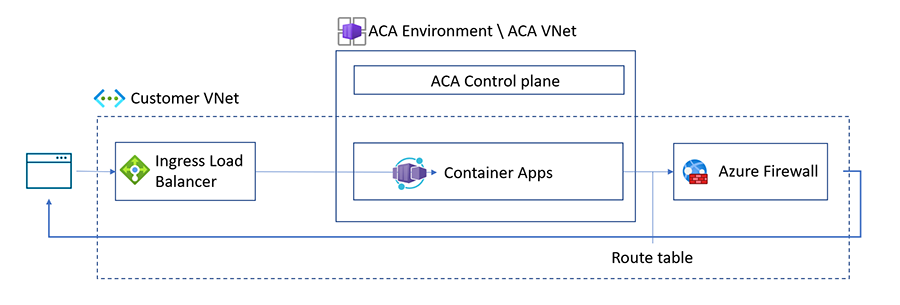Microsoft recently announced the general availability of several Azure Container App features: workload profiles environment, dedicated plan, additional networking features, and jobs.
Azure Container Apps is a fully managed environment that enables developers to run microservices and containerized applications on a serverless platform. It became generally available during Build 2022 and continued to evolve with features like Cross-Origin Resource Sharing (CORS), Secret Volume mounts, and Init containers. The latest addition of features that are now generally available are:
- Workload profiles environment - Azure Container Apps offers two types of workload profiles to optimize microservices: Consumption, which offers serverless scalability and bills only for resources used, and Dedicated, which provides customized compute resources for apps with varying resource requirements, offering up to 32 vCPUs and 256 GiB of memory, with a more predictable billing structure. Developers can choose the most suitable workload profile for each microservice, allowing for efficient resource allocation and cost management.
- Additional networking features through the selection of workload profiles environment type that provides access to the ability to configure user-defined routes (UDR) to control network traffic routing to resources like Azure Firewall. In addition, workload profile environments also offer a smaller minimum subnet size of /27, increasing flexibility in Azure network configuration and supporting network address translation (NAT) gateways for setting static outbound IP addresses.

Overview of User Defined Routes (UDR) support in workload profiles environment (Source: Microsoft Learn)
- And finally, Azure Container Apps allows you to run containerized tasks called Jobs, which can be triggered manually, scheduled on a recurring basis, or in response to events. These jobs share resources with your container apps and are compatible with both the Consumption and Dedicated plans, offering features like volume mounts, init containers, Key Vault secrets references, and monitoring through the Azure portal.
A scheduled job created through the Azure CLI can look as follows:
az containerapp job create \
--name "my-job" --resource-group "my-resource-group" --environment "my-environment" \
--trigger-type "Schedule" \
--replica-timeout 1800 --replica-retry-limit 0 --replica-completion-count 1 --parallelism 1 \
--image "mcr.microsoft.com/k8se/quickstart-jobs:latest" \
--cpu "0.25" --memory "0.5Gi" \
--cron-expression "*/1 * * * *"
When asked by InfoQ about the benefit of Container App Jobs, here is what Eduard Keilholz, a cloud solution architect at 4DotNet and Microsoft Azure MVP, had to say:
Container Apps Jobs really start to shine when you need to run background services that exceed the timeout of Azure Functions yet don't need the orchestration of Durable Functions.
In addition, Massimo Crippa, a lead architect at Codit, concluded in a blog post on Azure Container App jobs:
Azure Container Apps offers a versatile and efficient platform for managing scheduled jobs, whether you prefer the simplicity of ACA Jobs or the versatility of DAPR. My preference goes to simplicity; therefore, I pick ACA Jobs: less moving parts, better resource consumption, and a useful interface to analyze the run history.
Lastly, availability and pricing details are available on the pricing page. Furthermore, details and guidance on the service itself are available on the documentation landing page.